Music Production Knowledge Backlog
Here you can find my latest published content. Use the Search!
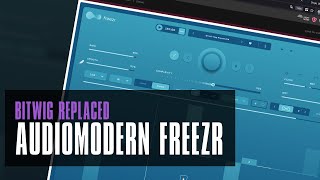
Nov 17, 2023 Tutorial
In this video, I explore creating a buffer repeat effect similar to Freezer within the Bitwig Studio grid. I demonstrate three different versions: one using triggers and modulation, another using predefined triggers, and a third using a scalar with the ability to shape the volume of each repeat. These methods allow for unique and customizable effects that can't be achieved with standard plugins.
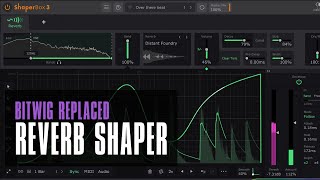
Nov 16, 2023 Tutorial
In this video, I share my experience with replacing VST plugins and discuss how companies don't actually hate me for it because of the advantages offered by certain plugins. I demonstrate how to replicate the features of a reverb shaper using a chain device, tool device, and convolution reverb in Bitwig Studio. Additionally, I explore the unique effects that can be created using the fade mode in the Delay Plus device.
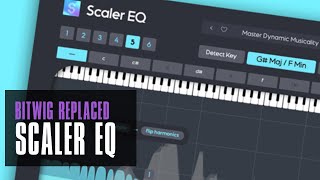
Nov 15, 2023 Tutorial
In this video, I discuss a new EQ plugin called Scaler EQ, which allows you to select a scale and only choose frequencies that are within that scale. I demonstrate how you can replicate this functionality in Bitwig Studio by using EQ plugins and the pitch quantizer. While the interface cannot be replicated, the technical aspects can be achieved.
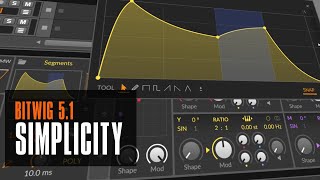
Nov 14, 2023 Tutorial
In this video, I demonstrate how I prefer to use simple envelopes and LFOs instead of complex shapes for creating kick drums and bass lines in Bitwig Studio 5.1. By combining multiple simple modulators with slight variations in timing settings, I find that it produces a much richer and more satisfying sound. I believe that using this approach allows for more flexibility and experimentation, resulting in interesting and dynamic compositions.
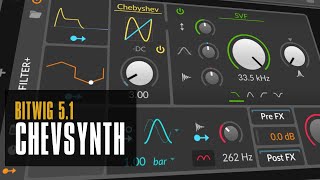
Nov 13, 2023 Tutorial
In this video, I explore the new possibilities of creating synthesizers with effects in Bitwig Studio 5.1 using the Filter+ and Sweep devices. I demonstrate how to use the Chappie Chef as an oscillator and the Wavetable LFO for modulation, resulting in a polyphonic synthesizer. Lastly, I introduce the Sweep effect, which allows for interesting sound creation by combining filters and shape bars.
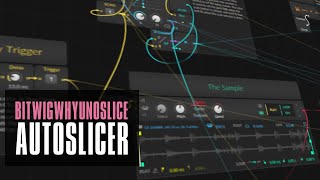
Nov 07, 2023 Tutorial
In this video, I discuss the limitations of the sampling mode in Bitwig Studio, particularly the lack of a slicing feature. To overcome this, I demonstrate how I created a custom slicer within the Bitwig Grid, allowing for easy mapping of slices onto the MIDI keyboard. I provide an overview of the patch and explain the functions of the transient detector, slice mapping, and play triggers.
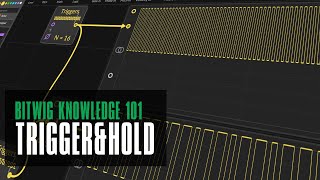
Nov 06, 2023 Tutorial
In this video, I explain the concepts of device phase, triggers module, sample and hold, and clock quantizer in Bitwig Studio's grid. I demonstrate how the triggers module produces a binary signal and divides the device phase into equally spaced steps. I also showcase how the sample and hold module holds a signal's value until triggered, and how the clock quantizer synchronizes signals to a grid size, creating interesting rhythmic patterns.
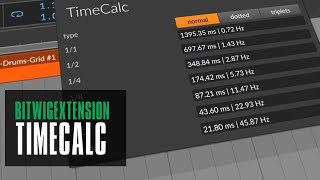
Nov 03, 2023 Tutorial
In this video, I introduce an extension called TimeCalc that provides timing information based on the BPM setting of your project. I demonstrate how this extension can be used to accurately set the length of a kick drum and match the BPM with a specific scale. I also highlight the convenience of having this information readily available in Bitwig Studio.
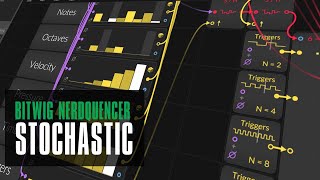
Nov 02, 2023 Tutorial
In this video, I demonstrate how to create a stochastic sequencer in Bitwig Studio's grid. By defining probabilities for different notes, rhythms, velocities, and other parameters, we can generate random sequences that can be used with various instruments or VST plugins. Additionally, I show how to record and playback these sequences using the grid's features, providing a comprehensive overview of this stochastic sequencer setup.
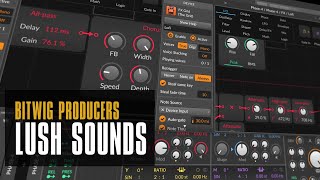
Nov 01, 2023 Tutorial
In this video, I show you how to create lush sounds using Bitwig Studio. I start by creating a digital piano sound using Phase 4 synthesizer and adding a custom reverb using FX Grid. Then, I demonstrate how to make noise and add crackling effects using noise generators and filters. Finally, I showcase how to create a pitch wobble effect and combine different reverbs and delays to add depth to the sound. Overall, I encourage viewers to explore their creativity in sound design using the grid in Bitwig Studio.
previous | next









